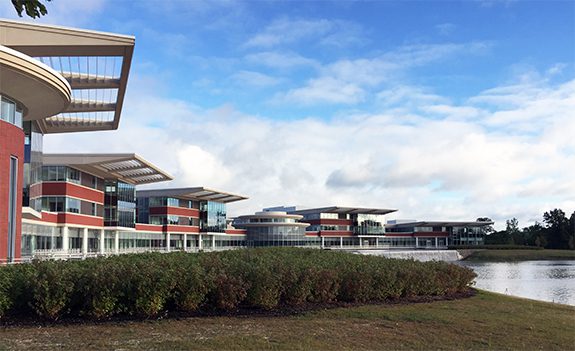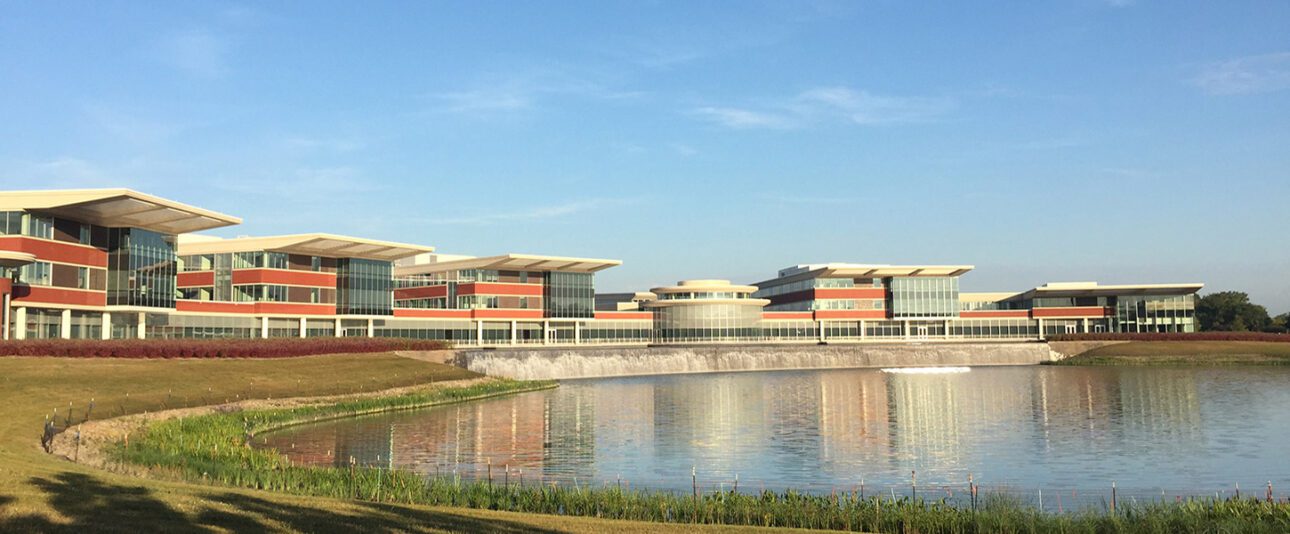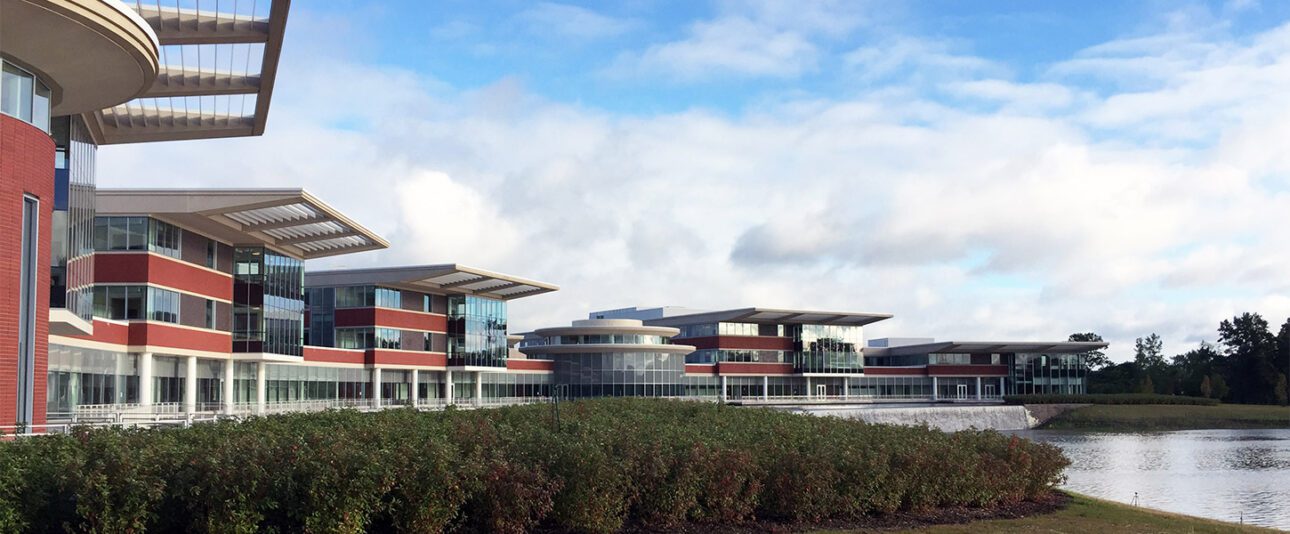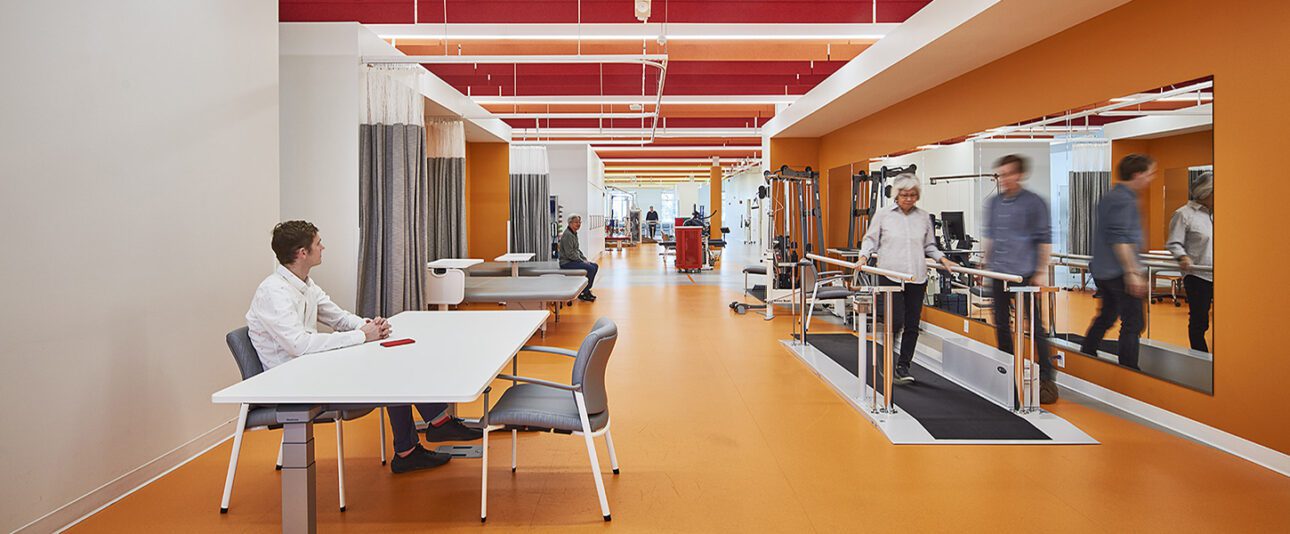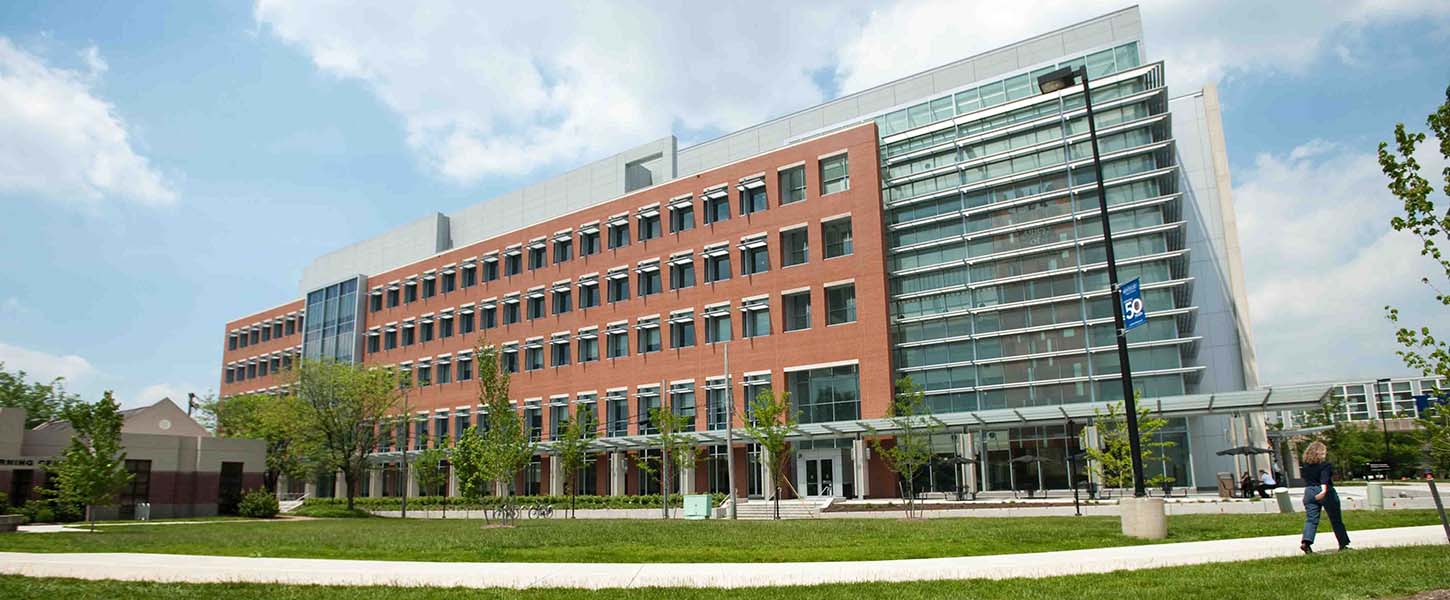Northwestern Medicine Lake Forest Hospital was the subject of a cogeneration feasibility study to examine economically sensible options that could generate incentives from the local electrical and natural gas utilities, as well as cost savings. LFH’s existing cogen plant, built in 1996, was created to serve a prior hospital; it includes four engine generators that are currently used less than 500 hours a year. It is now linked to a brand new replacement hospital that has high-
efficiency infrastructure, including an efficient chiller plant and HVAC systems.
GBA determined that generating on-site electricity remains a feasible option for Lake Forest Hospital, especially if heat recovery can be implemented. The engines are in good condition but are no longer able to provide thermal energy through heat recovery, since the generators were configured to produce 65-psig steam but the replacement campus requires 100-psig steam. This results in an annual plant efficiency of only 30%, with engines running only for demand response, peak shaving, and back-up (in case of severe storms).
GBA developed several measures for the client’s consideration, including:
- Business as usual, running engines on peak grid days to avoid capacity charges.
- Replacing the heat recovery steam generators with units sized to provide sufficient steam pressure for the new hospital, assuming 2,000 hours per year for each engine. This change would boost annual plant efficiency to 54% at a project cost of $500,000. Annual cost savings would be nearly $213,000, providing a payback of 2.3 years. (Utility incentives are not available for this option because the incentive threshold is 60% or greater annual plant efficiency.)
- Installing a hot water absorption chiller in the central plant to use jacket water and secondary heat exchangers. Again, 2,000 hours per year was assumed. The project cost was estimated at a bit under $2 million, with an available utility incentive of $537,600. This option was not competitive due to limited hours of demand mitigation.
- Full cogeneration plant replacement at 3,000 kW, improving plant efficiency to 67%, at a project cost of $4.5 million with an available utility incentive of about $1.6 million.
GBA’s modeling for all scenarios was based on 2,000 hours/year but would show shorter payback if longer operating hours were allowed. The hospital is now weighing its options in light of the fact that it will need to comply with new state NOx non-attainment regulations, which will include scenarios where the CHP plant operates at 500, 1,000, 2,000, or 3,000 hours/year
If the hospital opts to become a major source under the Clean Air Act, it may be able to operate the plant up to 6,000 hours/year, which would have a large influence on all modeled scenarios.
